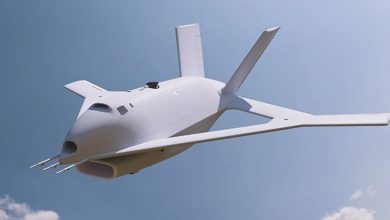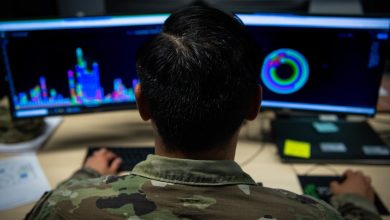Navy wants AI tools to boost data processing, resource distribution

The Navy is working with the Defense Innovation Unit to use artificial intelligence and machine learning to process the vast quantity of data it receives and make sense of it for commanders.
In a May 22 notice, DIU said it is looking for AI and machine learning applications that can speed up data processing times at the Navy’s Marine Operations Centers, which take in information gathered by platforms in space, at sea, in the air and through intelligence reports and other means.
“Currently, Maritime Operations Centers (MOCs) must manage and analyze large volumes of multi-source data generated across the fleet to make critical resource allocation decisions for geographically dispersed fleet and national assets,” DIU said.
Proposals for the program, dubbed Situational Awareness by Intelligent Learning Systems, or SAILS, are due June 6.
Marine Operations Centers serve as logistics hubs for maritime systems — providing everything from engineering to maintenance support. New AI tools could give operators better insights and help commanders determine how to best distribute resources across Navy systems located around the world.
The Navy last September released a Navigation Plan that lays out a roadmap to counter threats from China and other adversaries. As part of that plan, the service calls for better integration of autonomy and robotics, including AI and machine learning.
“We are working now on concept and requirements analysis for larger robotic systems, as well as the artificial intelligence applications that help us sense and make sense of a complex, information-centric battlespace,” the plan states, later adding, “By 2027, we will integrate proven robotic and autonomous systems for routine use by the commanders who will employ them.”
Specific applications listed in DIU’s solicitation include workflow automation tools that could make it easier to process approvals and standardize data entry, machine learning models that evaluate how a platform is performing and applications that make resourcing recommendations that account for things like geographic constraints and sensor reliability.
DIU further notes that proposed applications should be user friendly for MOC operators and modular in design so that they can integrate with a range of current and future Defense Department systems.
Courtney Albon is C4ISRNET’s space and emerging technology reporter. She has covered the U.S. military since 2012, with a focus on the Air Force and Space Force. She has reported on some of the Defense Department’s most significant acquisition, budget and policy challenges.







